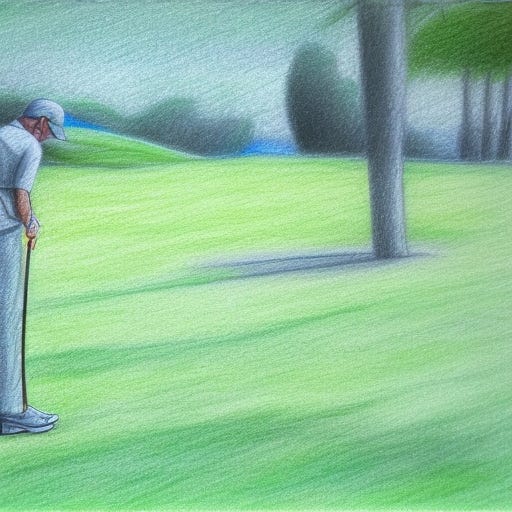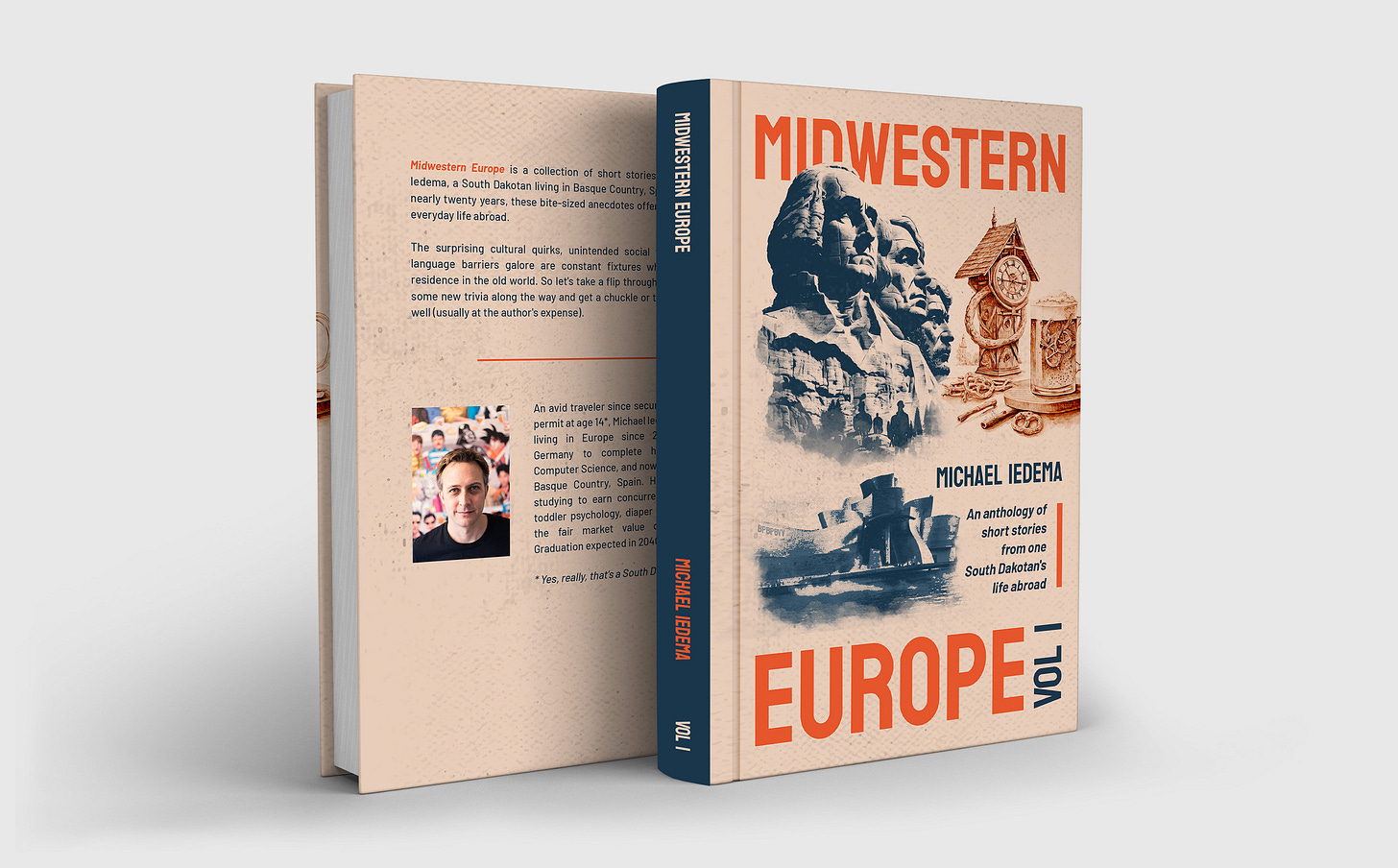
Vol. 1, No. 11 — During the past week, I have probably seen more headlines and stories about golf than in the rest of my time here combined. While it is certainly a popular sport, it doesn’t even come close to the prominence of soccer, and finding live broadcasts of events is nearly impossible without a dedicated subscription.
So, why is golf suddenly on everyone’s minds? Usually, an event and its winner will grab a headline or two, but this year is different. A local hero has won the U.S. Open. Jon Rahm is from Barrika, a town of about 1500 people located ten minutes from where I live. There is a weather-worn vinyl banner on one of the local sailing schools with a slightly more youthful-looking Rahm, emblazoned with the words “ZORTE ON, JON!” Basque for “Good Luck, Jon!”
Having Jon Rahm win the U.S. Open is a big deal here. It elevates the sport of golf in the locals’ minds the same way that Pau Gasol landing in the NBA suddenly shone a spotlight on basketball in Spain. Some comparable figures for South Dakota from my vintage might be Mike Miller or Brock Lesnar. One person’s success can quickly translate into a surge in that sport’s popularity.
Golf is different in Europe. It is seen as more of an elitist activity than some casual recreation. For starters, you have to obtain a license to play golf in Spain. Seriously.
The license application process involves recording several rounds with a witness to establish your handicap. There is also a test on the rules and protocols involved in the game itself so that you can be expected to “successfully execute” a round of golf.
If you’re visiting from another country, not a problem. Simply bring a certificate from your home club stating your official handicap and you’re good to go. You have one lying around, right? Watch out though, if it’s above 28 for men or 36 for ladies, you may be asked to bring a more competent chaperone from the club on your round.
While this all sounds super joyous, there is a kernel of a good idea here. I have no objection to all the golfers on a course knowing how to play the game and observing some semblance of pace-of-play. We’ve all played behind one of “those groups” and been tempted, even if for only a weak moment, to launch a friendly warning shot.
However, once you actually get on a course in Spain, it all feels quite familiar. Friends shooting a round after work, weekday leagues, sports on TV in the club bar, drink holders in the carts, and every make of car in the parking lot. It is not exceptionally expensive, but it still feels out of reach.
This is the uphill battle for golf in Europe. It is not seen as a common hobby and some traditional red tape isn’t helping. Think of the vibe that playing tennis or squash gives off in the US. That’s the aura around golf over here. Anything that brings golf into the mind of everyday people will help. Jon Rahm has done that, even if only for a season.
Midwestern Europe: Volume 1 with the first 52 entries in this series is available now on Amazon US, Spain, and Germany in hardcover, paperback, and Kindle formats!
They were made with much love. Pick up a copy, you won’t be disappointed.
If you’ve been enjoying these entries, please consider dropping by the product page and leaving a star rating based on what you’ve read here. Your investment of a minute or two would totally make my day! Many thanks.


Oh man. I once asked our abteilungsleiterin at VW if she played golf. She immediately took offense and said that it was a sport for the rich.